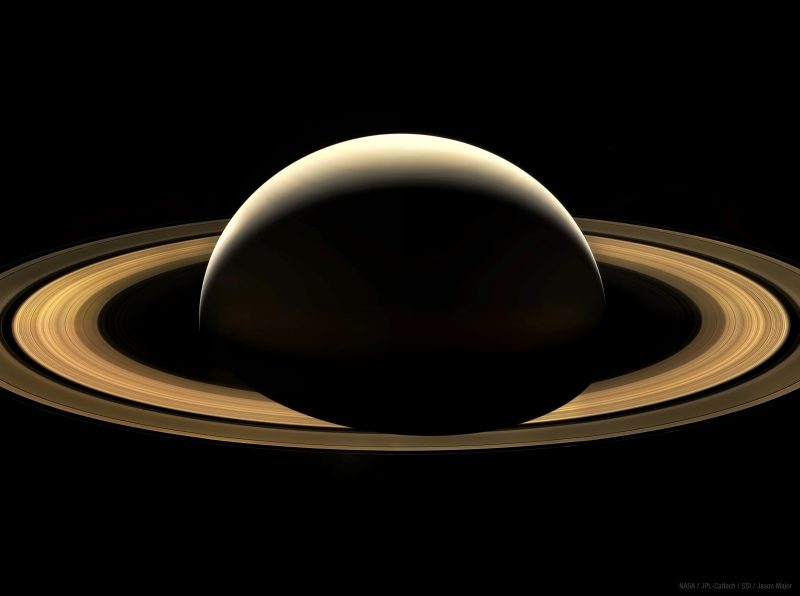 |
| Altair in the evening sky. At 1 billion years old, this is the 12th Brightest star in the evening sky. |
Amateur astrophotography from the East Bay San Francisco in Northern California. Earth's solar system, the moon, and deep space objects as captured with with my Celestron NextStar 8se telescope
Wednesday, August 28, 2019
Altair: the 12th brightest star in the sky
Friday, August 16, 2019
Satellite Photobombs the Stars
Wednesday, August 14, 2019
Saturn and Moon Conjunction
Thursday, August 8, 2019
Streaking Lights Above the East Bay
 |
| Ten minute exposure of random stars taken from my backyard using iPhone, NightCap camera app, and Celestron 127 SLT. Interestingly, note how much the earth has rotated (hence the "streaking" lights) in only 10 minutes. Image taken August 2019. |
Saturn in the August Sky
 |
| One of the final pictures from Cassini of the entire planet of Saturn. This picture was taken weeks before its final plunge into Saturn's atmosphere in 2017, ending its 13 year journey studying the Saturnian system (20 year+ total mission). |
 |
| Saturn in the 2019 Summer sky. Although Saturn is small in this backyard image, look at the black gap areas between the rings and the planet. Wild to think these gaps are where Cassini dived numerous times as it studied the planet for more than a decade. Cassini took its final plunge into Saturn's atmosphere in the Grand Finale in 2017. This image taken from Pleasant Hill, CA. |
Monday, August 5, 2019
A Star is Born
Sunday, August 4, 2019
Camera Settings for Good Astrophotography Shots
To capture the highest quality of images, adjust your camera settings depending on the objects you're trying to take pictures of. Here some popular sky-gazing objects and the recommended camera settings.
 |
| Moon taken July 2019 |
Moon
Now for the hard part. Remember that your eyes are able to adjust to changes in light and space easily, but digital cameras have a harder time unless you tell them exactly what they’re seeing. That said, the moon looks much brighter to your camera than it looks to you: so, generally, you’ll want to start by exposing your photo as if it were a bright and sunny day. For photos with little to no foreground imagery (just a shot of the moon):
- Start with an aperture of f/8,
- an ISO of 100-200,
- and a shutter speed of 1/125.
- An aperture of f/5.6,
- a shutter speed of about 15 seconds,
- and an ISO of 100-400. Start at 100 and work your way up as needed to minimize noise.
If your photo looks blurry, adjust your shutter speed. If it looks underexposed (not enough light), go down a stop in aperture from f/8 to f/5.6 or so.
Manual mode will also be your friend for close-ups of celestial bodies, as you’ll need to make very slight adjustments to get everything just right.
Stars and Skylines
If you’re after a star-centric photo with little to no landscape (or if you want your landscape to be dark), start with the following settings:
Shutter speed in particular is crucial for star shots, as the earth is always moving. For photos without a foreground landscape element, you’ll only be able to get away with about a 20 second shutter speed before your stars start blurring.
Friday, August 2, 2019
Jupiter's Moons
50th Anniversary of the Moon Landing - July 2019
Subscribe to:
Comments (Atom)

























